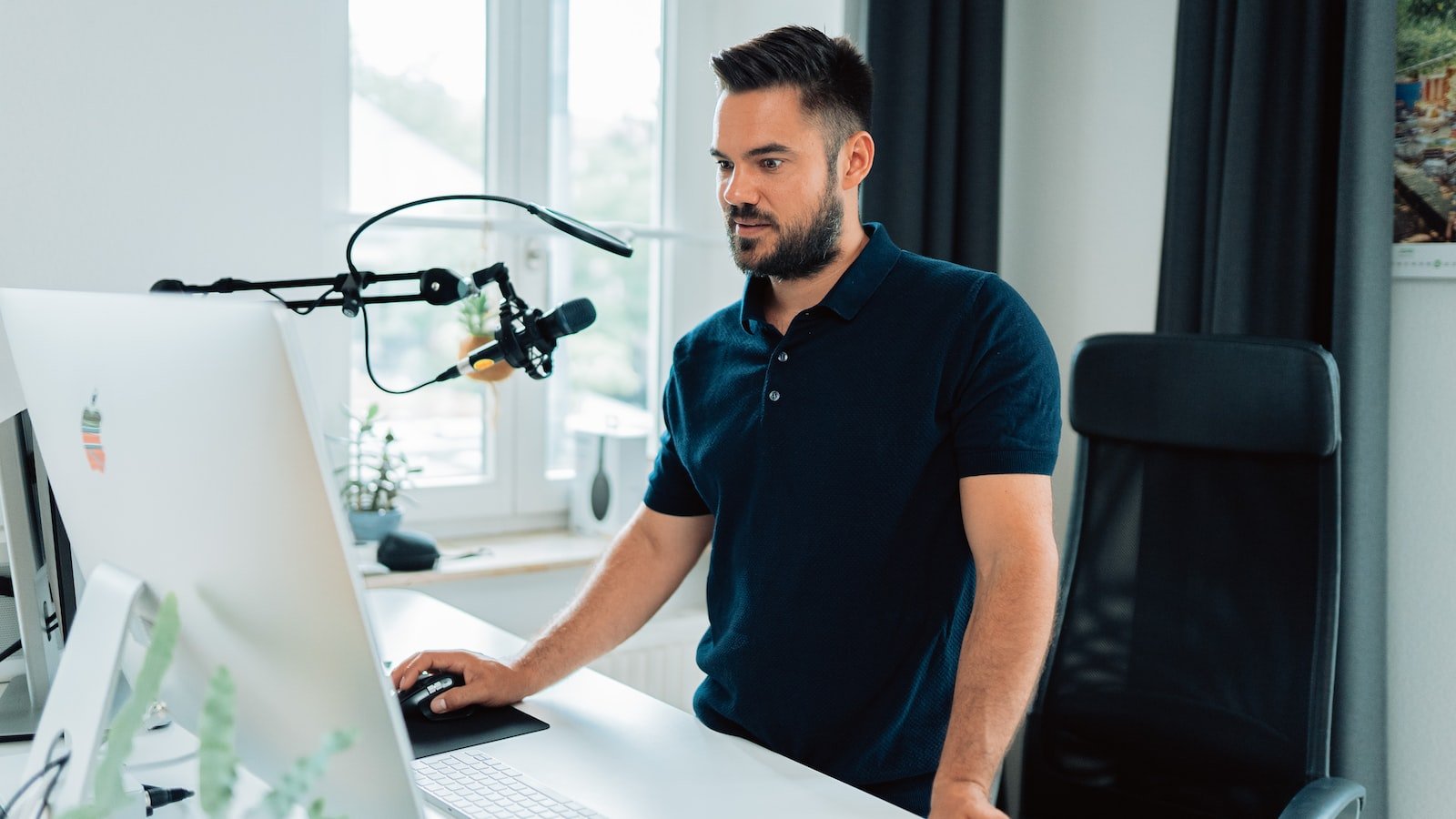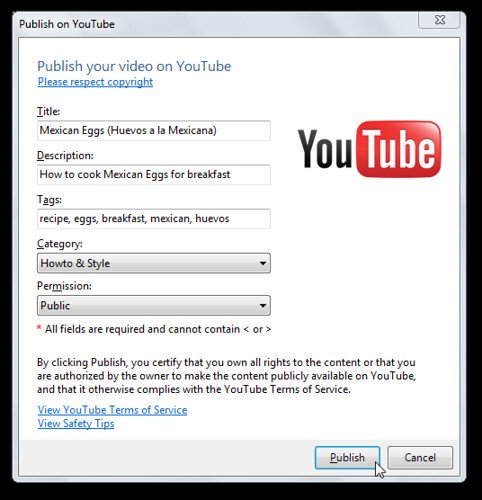Step into the enchanting world of The SEO Theater, where words dance with code and webpages come alive with the secrets of on-page elements. Like a mesmerizing performance, these components hold the key to captivating the audience of search engines and elevating your online presence to new heights. In this article, we embark on a quest to unravel the enigma that surrounds on-page elements, exploring their intricate choreography and decoding their mysterious influence on search engine optimization. Join us as we lift the curtains and reveal the backstage truths of this captivating SEO theater, bringing clarity to once obscure tactics and empowering you with the knowledge to take the spotlight on the digital stage. Step right this way, and let the show begin.
Table of Contents
- 1. “Curtains up: The Importance of On-Page Elements in SEO”
- 2. “Decoding the On-Page Puzzle: Maximizing Meta Tags, Headers, and URLs”
- 3. “Scripting Success: Crafting Engaging Content and Optimizing Images for SEO”
- 4. “Mastering the Art of On-Page Optimization: Insider Tips and Best Practices
- Q&A
- Insights and Conclusions

1. “Curtains up: The Importance of On-Page Elements in SEO”
When it comes to the intricate world of Search Engine Optimization (SEO), there’s a certain level of mystique that surrounds on-page elements. It’s like watching a captivating theater performance unfold before your eyes. Just as the curtains rise and the spotlight falls on the stage, on-page elements play a vital role in determining the success of your SEO efforts. So, let’s dive deep into this SEO theater and unravel the enigma of on-page elements.
Imagine your website as a stage, and the on-page elements as the actors who breathe life into it. These elements are the building blocks that help search engines understand and categorize your content. From the title tags that set the stage for your webpage, to the meta descriptions that entice the audience to click through, on-page elements are the backbone of SEO. They serve as cues for search engines, providing them with valuable information about the relevance and context of your content.

2. “Decoding the On-Page Puzzle: Maximizing Meta Tags, Headers, and URLs”
In the vast world of search engine optimization (SEO), understanding the intricate web of on-page elements is like solving a fascinating enigma. Just like a theater production, your website’s on-page elements play a crucial role in captivating the audience (search engines and users) and ensuring a successful performance (higher search rankings and increased organic traffic). So, let’s dive into the captivating SEO theater and unravel the mystery behind on-page elements!
1. **Meta Tags:** Think of meta tags as the playbill of your website. They provide a brief yet informative summary to both search engines and users about what your page is all about. Start with the **title tag**, the headline of the production. Craft a compelling and concise title that accurately reflects the content of your page. Next, let’s move on to **meta descriptions**, your website’s elevator pitch. These snippets of text appear beneath the title tag on search engine result pages, enticing users to click on your website. Make them concise, engaging, and relevant to the content.
2. **Headers:** Headers are the actors on your webpage, guiding both search engines and users through your content. Just like a well-structured script, organize your content hierarchy with **H1**, **H2**, and **H3** headers. The **H1 header** represents the main title of your page, while the **H2 headers** act as scene titles, dividing your content into clear sections. Imagine H3 headers as dialogue, adding additional context to each scene. By structuring your headers properly, you provide both search engines and users with an organized and easily digestible experience. Remember, clear and informative headers enhance the overall performance of your website. So, ensure they are relevant, keyword-rich, and accurately represent the content within each section.
By mastering the art of maximizing meta tags, headers, and URLs, you’ll unveil a whole new dimension of on-page optimization. Just like an incredible theater production, your website’s on-page elements are the key to captivating your audience and achieving SEO success. Now, grab your virtual seat and embark on this exciting journey of decoding the on-page puzzle!
3. “Scripting Success: Crafting Engaging Content and Optimizing Images for SEO”
In the world of SEO, crafting engaging content and optimizing images for search engines is like putting on a play in a grand theater. Just as a script is essential for a successful performance, scripting success for SEO requires careful attention to on-page elements. These elements, including content and images, play a crucial role in captivating the audience – search engines and users alike.
When it comes to crafting engaging content, think of it as writing the script for your website. Just like a well-written play captivates the audience, compelling content captivates search engines and users. To ensure your content shines on the SEO stage, consider the following:
- Originality: Create unique and valuable content that stands out from the crowd. Avoid duplicate content and focus on providing fresh insights to your audience.
- Relevance: Tailor your content to effectively address the needs and interests of your target audience. Understand their intent and deliver information that aligns with their search queries.
- Structure: Organize your content with logical headings and subheadings, making it easy for both search engines and users to navigate and understand the information presented.
Just as optimizing content is essential, optimizing images is like designing the set for your performance. To ensure your images shine on the SEO stage, consider the following:
- Alt Text: Include descriptive alt text for your images to provide context for search engines and assist users with visual impairments. Use relevant keywords, but don’t overstuff.
- File Size: Compress your images to improve page load speed. Large image files can slow down your website, negatively impacting user experience and search engine rankings.
- File Names: Use descriptive and keyword-rich file names for your images, contributing to their discoverability by search engines and making them more relevant to the content they accompany.

4. “Mastering the Art of On-Page Optimization: Insider Tips and Best Practices
In the world of SEO, on-page optimization is like a grand theater production, with each element playing a crucial role in delivering a captivating performance. Just like actors on a stage, the on-page elements work together to tell search engines the story of your website. And by mastering the art of on-page optimization, you have the power to ensure that search engines are spellbound by your website’s performance. So, get ready to step into the SEO theater and unravel the enigma of on-page elements!
First up, let’s talk about the star of the show: the title tag. This is like the marquee outside the theater, enticing search engines and users alike with a sneak peek of what your page is all about. Craft a compelling and concise title that includes your primary keyword and grabs attention. Next, it’s time for the meta description, the supporting actor that summarizes your page’s content. Make it engaging, informative, and don’t forget to include relevant keywords.
- Headings: Think of headings as the scene markers within a play. They provide structure and organization, guiding both search engines and readers through your content. Use H1 for the main heading and H2-H6 for subheadings, ensuring they are relevant and contain relevant keywords.
- URL Structure: URLs act as the stage directions, guiding search engines and users to the desired location. Keep them concise, descriptive, and readable, incorporating targeted keywords whenever possible.
- Internal Links: Think of internal links as a web of interconnected characters in a play. They direct search engines to other relevant pages on your site, improving navigation and helping to establish a hierarchy of importance.
- Quality Content: Consider quality content the script of your play. It should be unique, informative, and engage your audience from start to finish. Craft your content with a focus on user intent, incorporating relevant keywords naturally.
By understanding and implementing these on-page optimization tactics, you’ll have the power to captivate search engines and deliver an unforgettable performance in the world of SEO. So take center stage, fine-tune your on-page elements, and let your website shine in the SEO theater!
Q&A
Q: What is the SEO Theater?
A: The SEO Theater refers to the mysterious and complex world of on-page elements in search engine optimization (SEO). It encompasses the various components that impact a webpage’s search engine ranking and visibility.
Q: Why is it called a theater?
A: The term “theater” is used metaphorically to capture the dramatic and often theatrical aspects of on-page SEO elements. Just like a theater performance, these elements work behind the scenes to improve a website’s search engine performance and attract an audience of potential visitors.
Q: What are on-page elements?
A: On-page elements are the specific factors that affect how search engines understand, interpret, and rank a webpage. These include elements such as meta-tags, title tags, headings, content, images, and URLs.
Q: Why are on-page elements important for SEO?
A: On-page elements provide search engines with valuable information about a webpage’s content and purpose. By optimizing these elements, website owners can significantly enhance their chances of ranking higher in search engine results pages (SERPs), thus increasing their visibility and attracting more organic traffic.
Q: Can you explain some key on-page elements in more detail?
A: Certainly! Here are a few essential on-page elements:
1. Meta-Tags: These are HTML tags that provide concise descriptions of a webpage’s content. They include the title tag (showcased in search results) and meta description (a brief summary of the page). Optimizing these tags helps search engines understand the page’s relevance to specific search queries.
2. Headings: HTML heading tags (H1, H2, etc.) structure the content hierarchy on a page. They play a crucial role in organizing and emphasizing the various sections of content.
3. URLs: Uniform Resource Locators (URLs) are the web addresses of individual pages. Optimized URLs are short, descriptive, and include relevant keywords. They provide both search engines and users with valuable clues about the page’s content.
Q: How can website owners improve their on-page elements?
A: There are several ways to optimize on-page elements effectively:
1. Keyword Research: Identifying relevant keywords related to your webpage’s content will help you strategically integrate them into your meta-tags, headings, content, and URLs.
2. Content Creation: Crafting high-quality, informative, and engaging content is crucial. Incorporating relevant keywords naturally into your content will enhance its search engine visibility.
3. Formatting: Proper use of heading tags, subheadings, and bullet points improves readability and helps search engines understand your content structure.
4. Image Optimization: Adding descriptive alt text, compressing file sizes, and scaling images appropriately will improve page loading speed and accessibility, thereby enhancing SEO performance.
Q: Is on-page optimization the only aspect of SEO?
A: No, on-page optimization is just one piece of the larger SEO puzzle. While it plays a significant role in improving search engine visibility, off-page factors like backlinks, social signals, and technical SEO also contribute to a website’s overall performance.
Q: Is the SEO Theater constantly changing?
A: Absolutely! The SEO Theater is a dynamic and ever-evolving landscape. Search engines regularly update their algorithms, priorities, and ranking factors. Thus, it’s essential for website owners and SEO professionals to stay updated with industry trends and adapt their strategies accordingly.
Q: Are there any risks involved in improperly optimizing on-page elements?
A: Yes, over-optimizing or manipulating on-page elements with spammy techniques can harm a website’s visibility. Search engines are smart and penalize websites that engage in dishonest practices. It’s crucial to optimize on-page elements ethically, focusing on providing valuable content to users rather than tricking search engines.
Q: Any parting thoughts on the SEO Theater?
A: Embracing the SEO Theater and mastering the art of on-page elements can significantly improve a website’s search engine visibility and organic traffic. However, it’s crucial to remember that the ultimate goal is to provide value and an exceptional user experience. So, let your website shine on the SEO Theater stage while keeping your audience’s needs at the forefront.
Insights and Conclusions
In the grand theater of the digital world, where websites take center stage and search engines direct the spotlight, a captivating performance unfolds. It is a spectacle of strategic finesse, a dance between content and code, and the enigma that keeps us all spellbound – the mysterious world of on-page elements.
As the curtains draw to a close on our exploration, we have unraveled the secrets of this SEO theater. We have delved into the intricate nuances of title tags, those succinct heralds that entice both search engines and users to take notice. We have marveled at the meta description’s ability to craft a tantalizing glimpse of what lies within, leaving a lasting impression on the audience. And not to be forgotten, we have observed how well-structured headings and subheadings guide our journey, leading us through the labyrinthine corridors of a website with ease.
But let us not forget, behind every intricate design and meticulously crafted word, there lies a greater purpose. The role of on-page elements extends far beyond ranking algorithms and search engine results. Their true essence lies in the user’s experience, in creating a symphony of seamless navigation, engaging content, and effortless comprehension.
In this SEO theater, we are the playwrights, artfully constructing the narrative that captivates our audience. With each stroke of our digital pen, we must consider the harmony between keyword optimization and unique, compelling content. The stage is set, and the on-page elements stand ready to captivate both man and machine.
So as the lights dim, and the actors take their final bow, let us reflect on the enigma that is on-page elements. Let us embrace the power they hold to engage, inform, and inspire. And may we continue to dance upon this stage of search engine optimization, ever exploring the depths of this captivating SEO theater.

